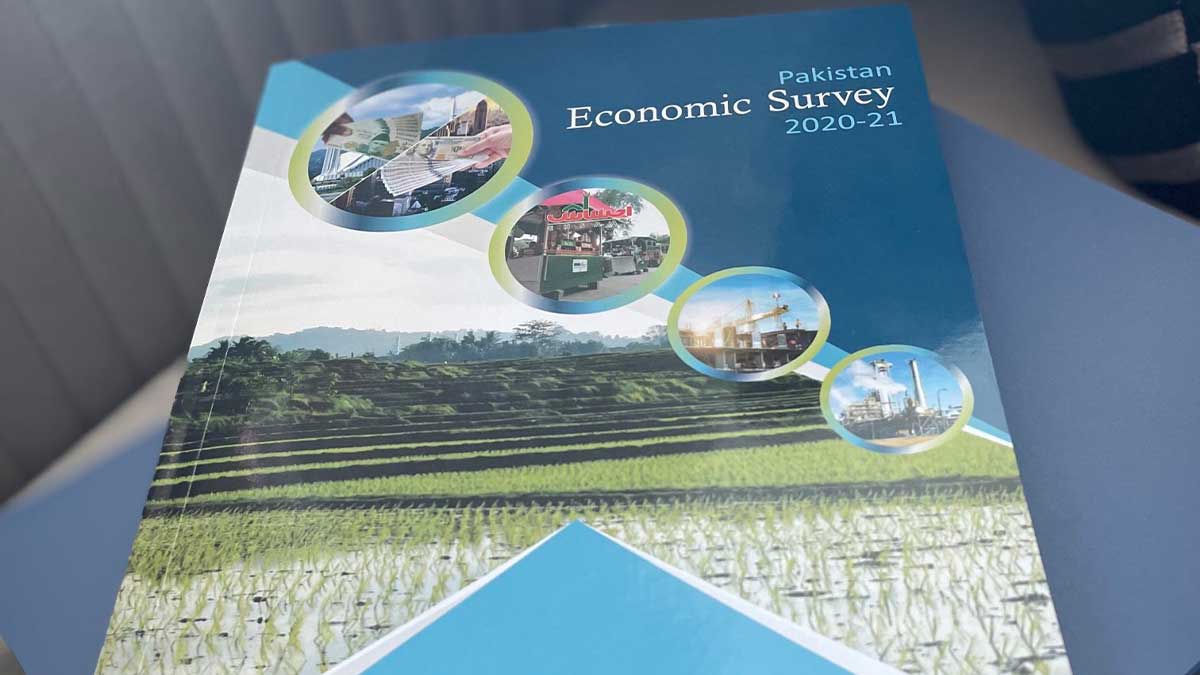Literacy rate of Pakistan remained stagnant at 60 percent and education-related expenditures witnessed a drop of 29.6 percent in the year 2019-20, revealed the economic survey.
As per the Economic Survey 2020-21, the literacy rate in the country remains stagnant at 60 percent. “According to the Pakistan Social and Living Standards Measurement (PSLSM) district level survey 2019-20, the literacy rate of population (10 years and above) is stagnant at 60 percent in 2019-20 since 2014-15,” it read.
Read more: Population of Pakistan is 207.68 million, shows 2017 census result
“The cumulative education expenditures by the federal and provincial governments in FY2020 stood at 1.5pc of the GDP compared to 2.3pc in FY2019-20. Expenditures on education had been rising gradually till 2018-19 but in 2019-20 it witnessed a decrease of 29.6pc – from Rs868 billion to Rs611 billion.”
The survey also revealed that literacy rate was higher in urban areas (74pc) than rural areas (52pc).
Provincial-wise literacy rate
The province-wise comparison reveals that net enrolment rate (NER) in Punjab and Balochistan remained stagnant at 70pc and 56pc, respectively, while a decline in NER has been observed in Sindh and KP.
- Punjab has the highest literacy rate of 64 percent
- Sindh 58 percent
- Khyber Pakhtunkhwa (excluding merged areas) 55 percent
- KP (including merged areas) 53 percent
- Balochistan 46 percent.
However, the survey has claimed that the overall education situation based on the key indicators such as enrollment, number of institutes and teachers had shown an improvement.
“The number of institutes recorded at 273.4 thousand during 2018-19 compared to 262 thousand during 2017-18. However, the number of institutes is estimated to increase to 279.4 thousand in 2019-20. Similarly, there were 1.76 million teachers in 2018-19 compared to 1.77 million last year. The number of teachers is estimated to increase to 1.80 million during 2019-20.”
The Gross Enrollment Rate (GER) at the primary level excluding Katchi (prep) for the age group 6-10 years at the national level during 2019-20 declined to 84 percent as compared to 91 percent in 2014-15. The decline in GER mainly due to enrollment of over-aged children is decreasing since 2012-13.





















